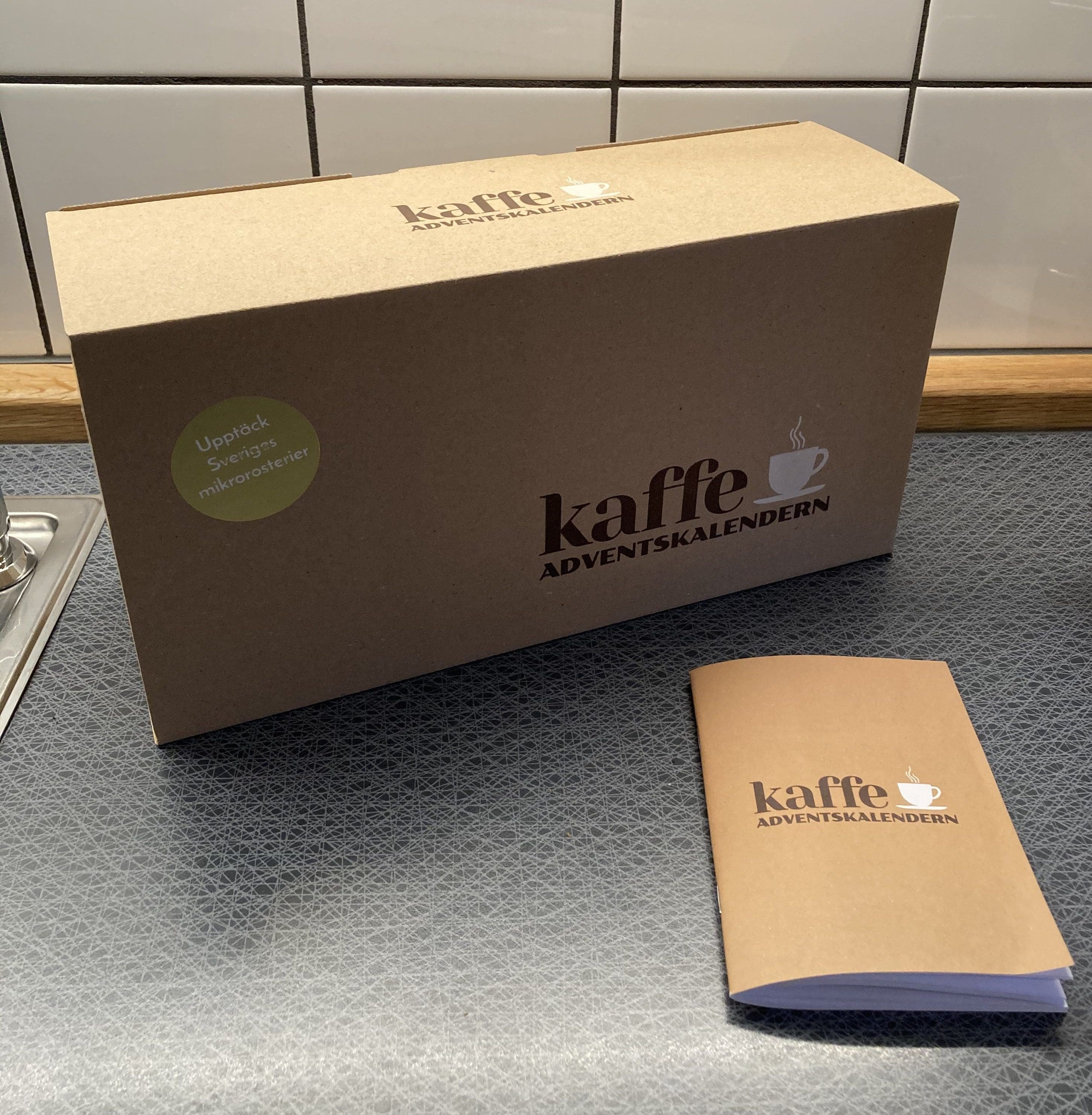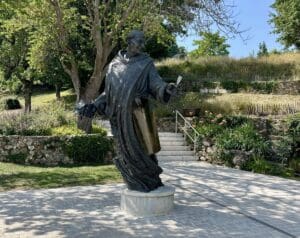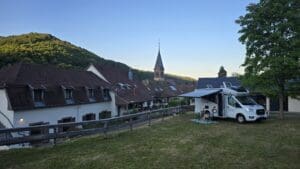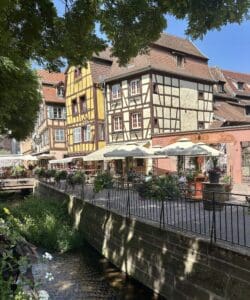Part of the charm of planning something early is that you start to fantasize about what the experience will be like. As usual, we had been discussing our calendar for several months but in the end it was finally time to open the first door. At the bottom of the article you can read a description of the beans that we found particularly exciting.
The coffee advent calendar is a very nice phenomenon that has existed since 2016. The idea behind the concept is to highlight micro roasteries that focus on specialty coffee from small, sustainable coffee farms.



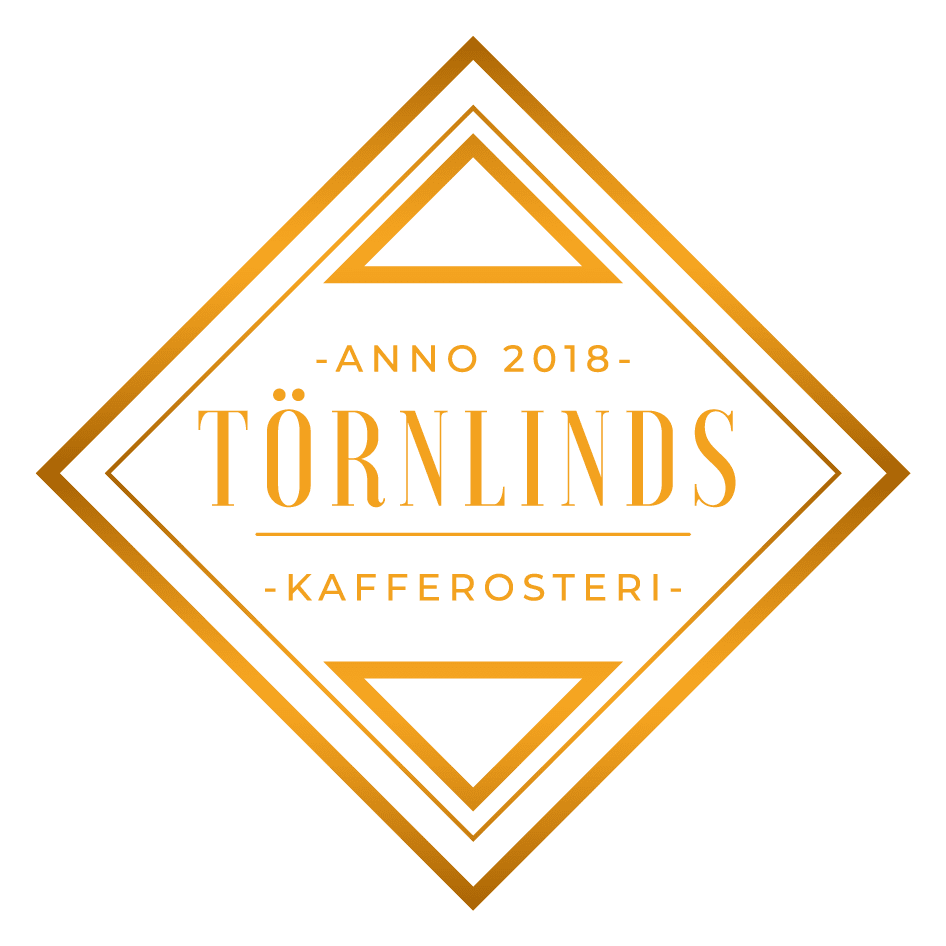



So what is specialty coffee? All beans are ranked on a scale between 1-100, and those that end up above 80 may use the title special coffee. Of all the coffee produced, approx. 5-10% in that category.
As always, a chain is never stronger than its weakest link, and in Sweden's case it is often about how we roast and prepare the coffee. The roasting is often vigorous, which kills the little experience that a slightly worse bean has left. In other words, our tip is: Go a little outside the box and try light medium rust or even light rust. We promise that you will have a completely new experience.
The second problem is the preparation itself. The most common method is to use pre-ground coffee in a brewer that cannot maintain the correct temperature. There are a variety of methods but for specialty coffee we would like to highlight pour-over.
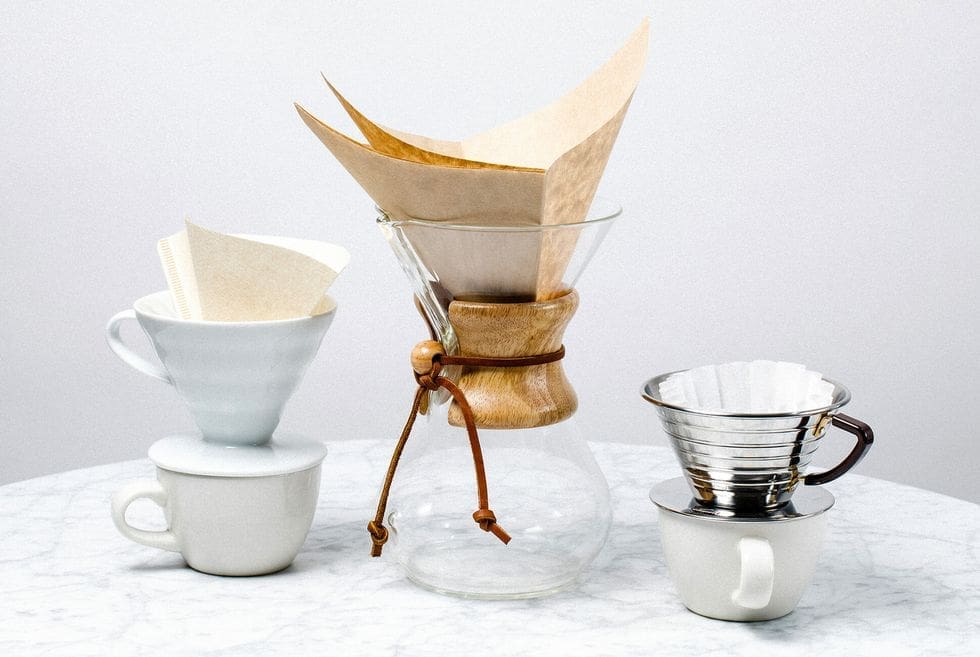
The method gives very good results without having to invest a fortune in equipment. However, there are a few things that are extra important regardless of which method you choose:
- Buy a good coffee grinder. There is no upper limit to how much you can pay for a grinder, but a very affordable grinder to start with is the Wilfa WSCG-2. It is not enough to make espresso but works great for all forms of filter coffee.
- Be careful with the temperature. The water should be between 93-95 degrees and if the equipment you are using does not have a built-in thermometer, you can use an ordinary kitchen thermometer with advantage.
- Clean the equipment often. Lime deposits and old coffee grounds are a sure way to spoil the coffee.
Below is a simple way to make a pour-over, but there are many other variations if you want to highlight specific aspects of the flavor palette. In the instructions, we use some special equipment, but it works just as well with an ordinary plastic filter holder and an electric kettle. However, keep in mind the three points above.
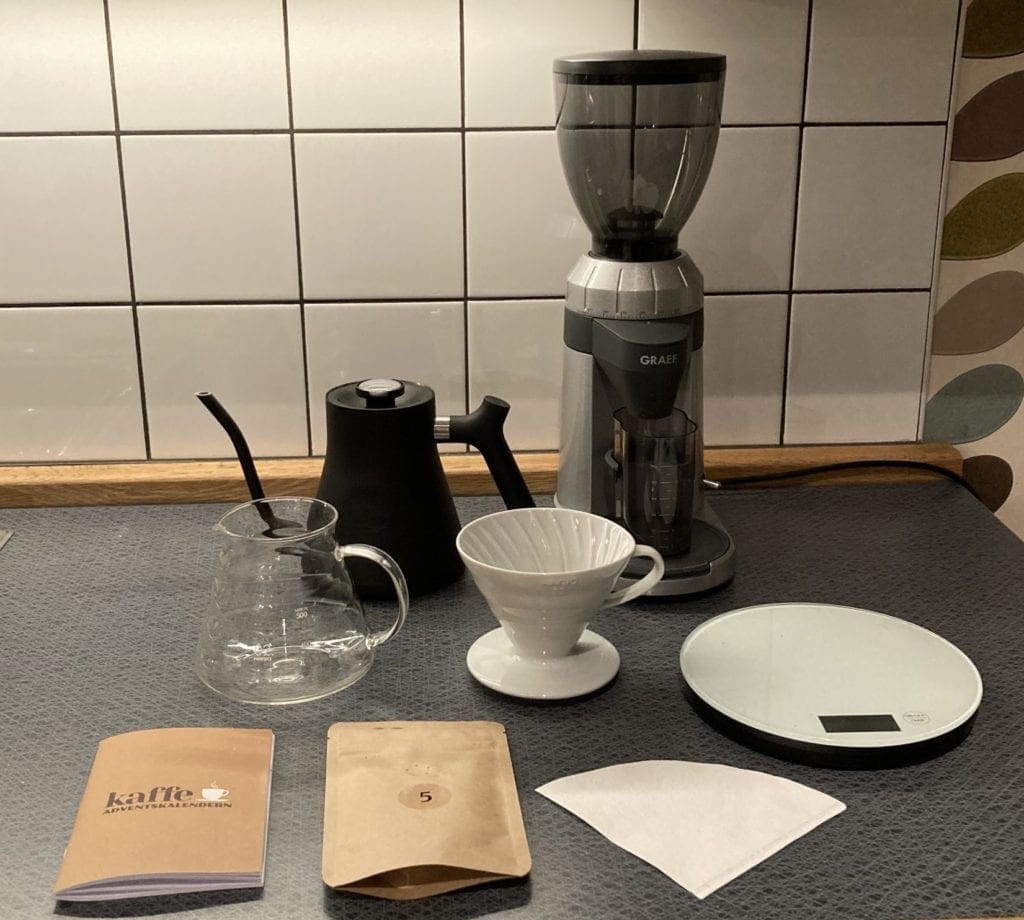
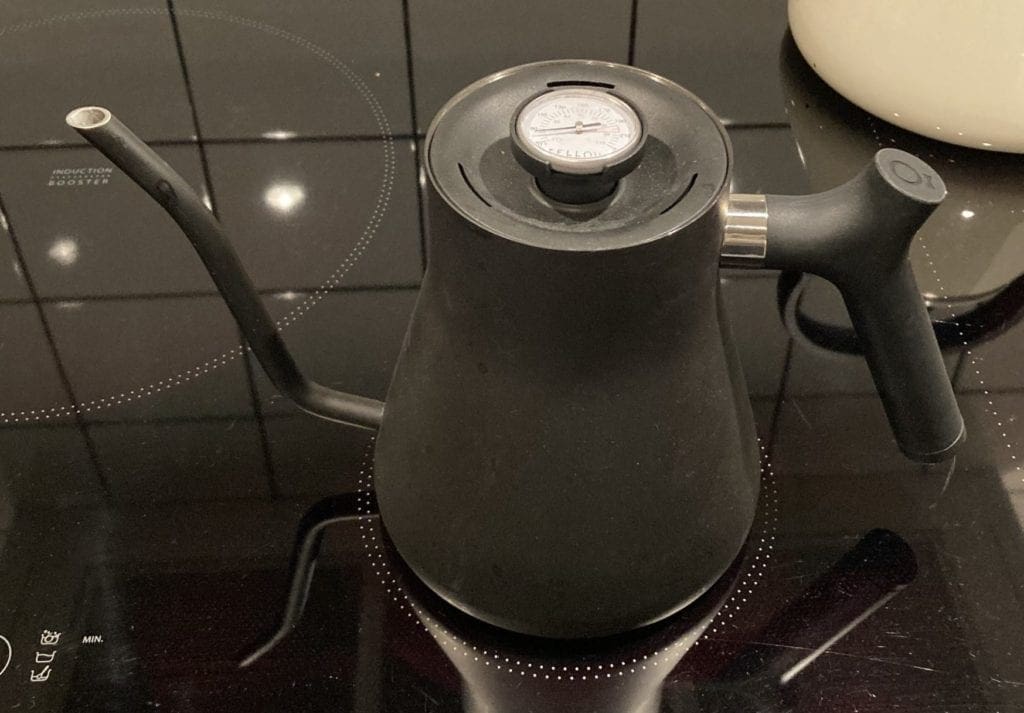

Grind 15 grams of coffee. It should be ground so that the grains look roughly like table salt.
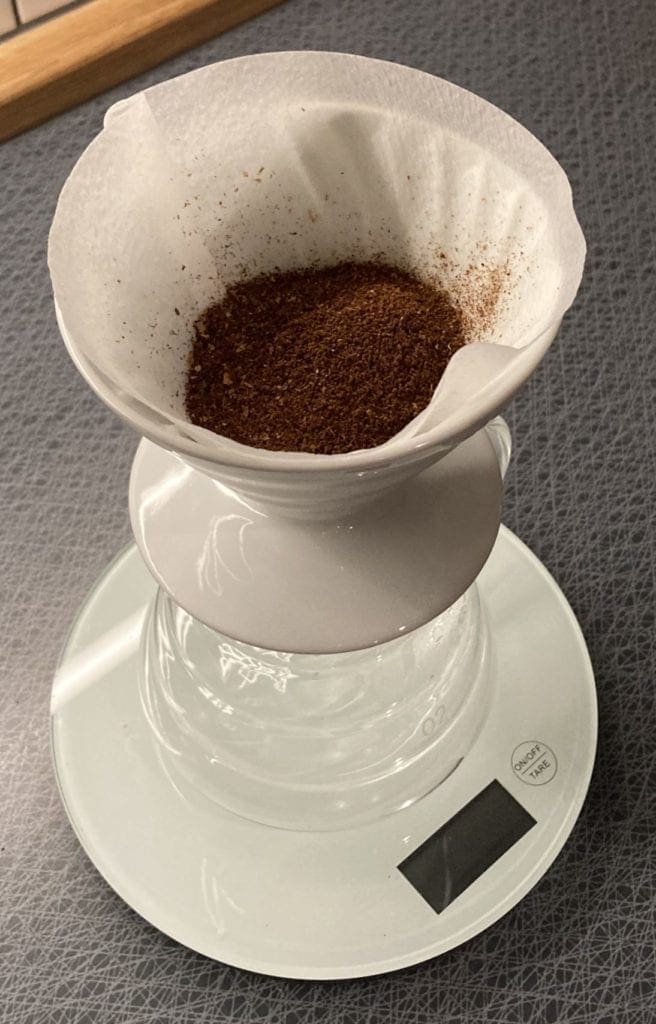
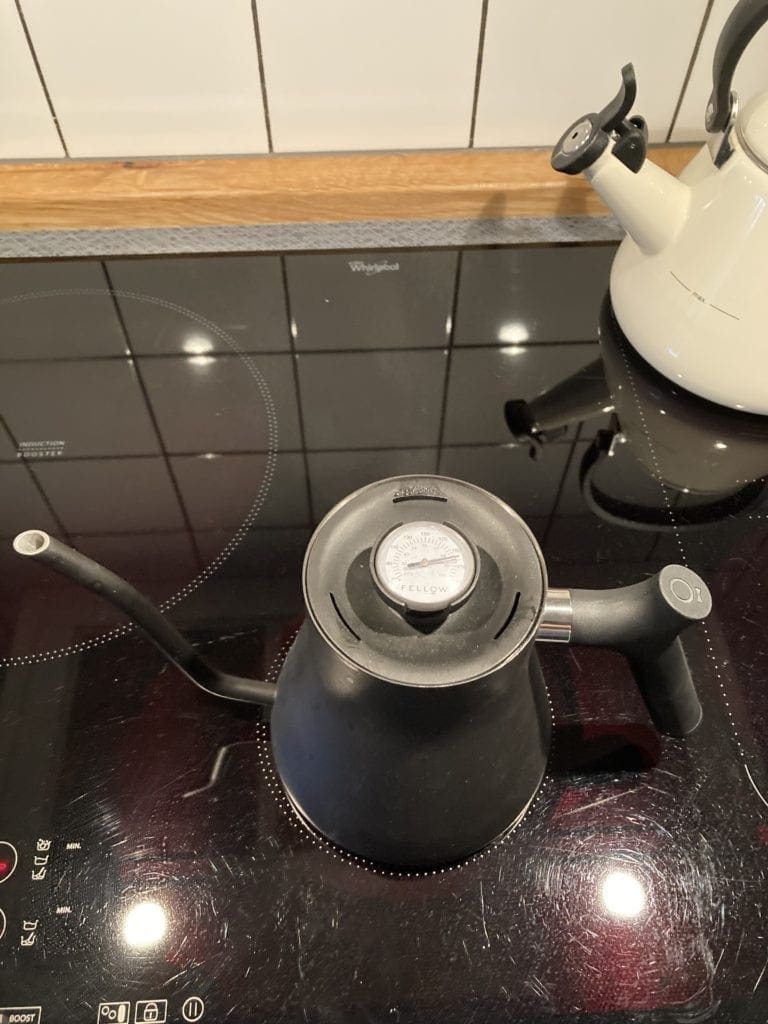
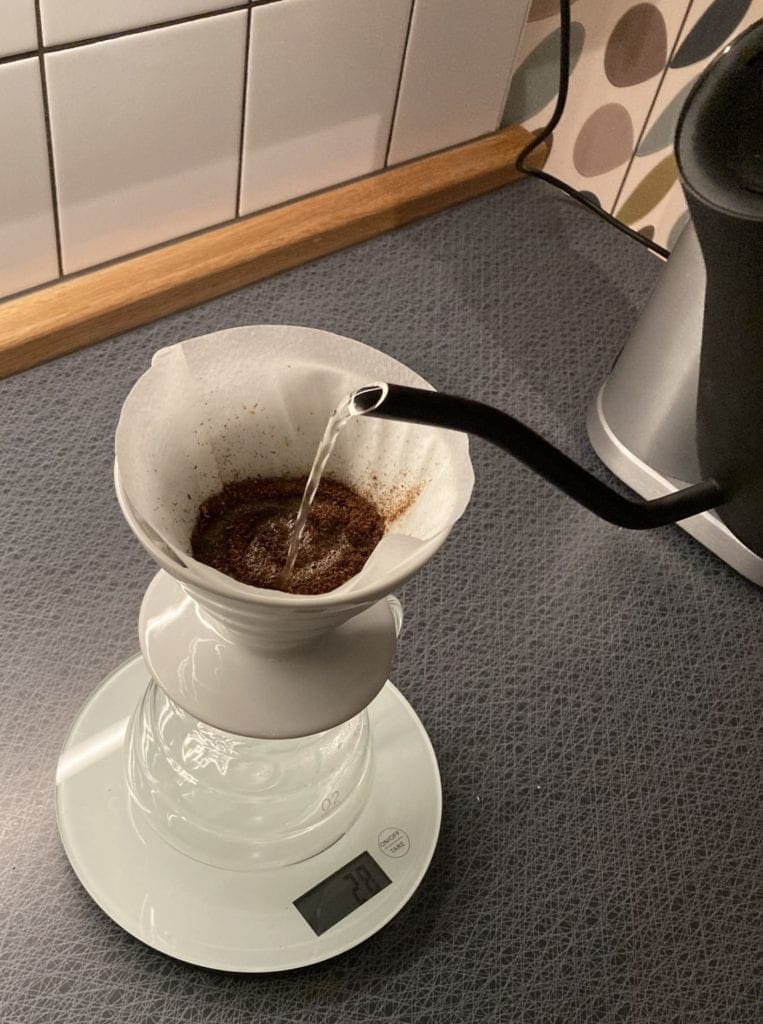

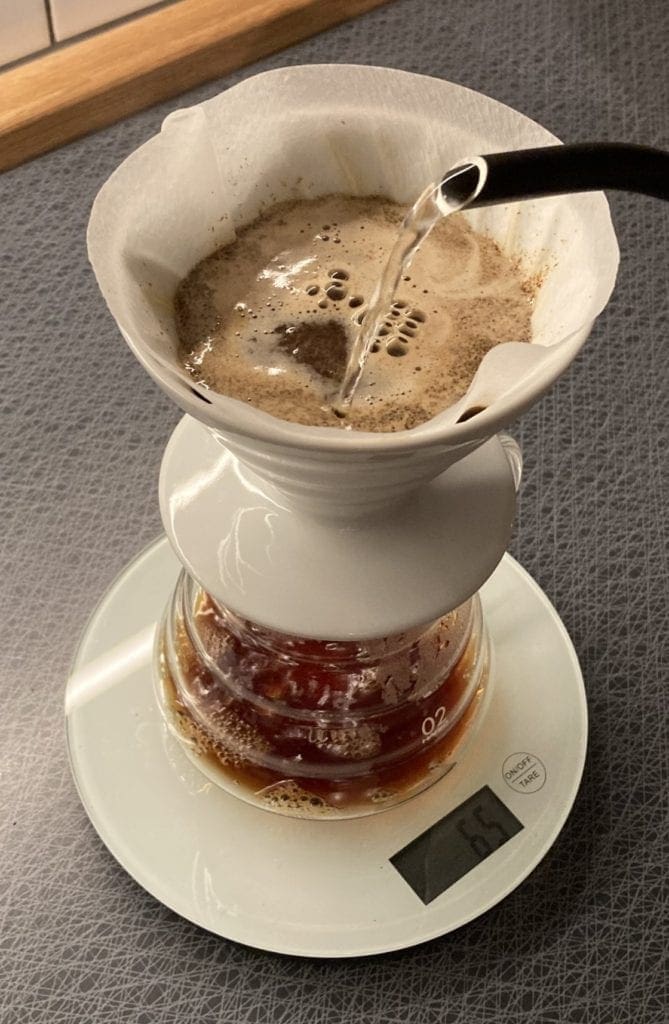
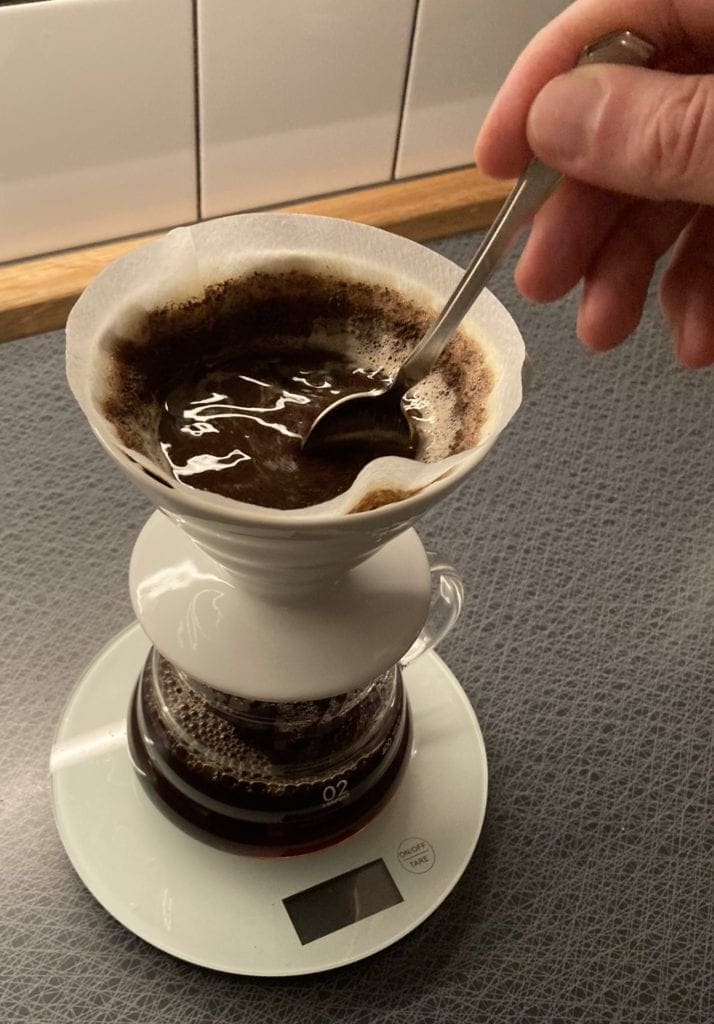
Here follows a list of the beans that stood out in some way in this year's calendar. Below are not necessarily the tastiest varieties but the ones that gave us the greatest experience.
| Day | Description | Distinctive features |
|---|---|---|
| 5 | Name: Brazil Natural Roastery: Blekinge Specialty Coffee Origin: Vargem Grande e Pinheiros, Brazil. Producer: Marcelo Assis Nogueira Bean Type: Red cantuáí Plant height: 1160 m.a.s.l. Process: Natural Roasting: Light rust Flavor profile: Fresh, sweet, chocolate, nutty, fruity and floral | The first thing that came to mind was the lovely velvety colour. The aroma was not so prominent, but as the coffee cooled, some chocolate notes appeared. Big round body with notes of chocolate and nuts. |
| 6 | Name: Ethiopia Gersi Roastery: Balck Coffee Origin: Yirgacheffe, Ethiopia Producer: Faysel Abdosh Yonis – Gersi lot Bean type: Kurume Plant height: 1900-2000 m.a.s.l. Process: Dried for 21 days Roasting: Light rust Flavor profile: Apricot and sponge cake | The first thing we thought of was the smell, which was rather something you would associate with an infusion tea. At first the aroma was fruity, but as the coffee cooled, it was rather berry. Small body and extremely fruity taste. Even the taste made us think of tea. |
| 10 | Name: Honduras Cerro Azul Roastery: Sea buckthorn Origin: Finca Cerro Azul, Ethiopia Producer: Mierisch family Bean Type: Java (Longberry) Plant height: 1450-1900 m.a.s.l. Process: Berry dried Roasting: Light/medium rust Flavor profile: Round and smooth with notes of strawberry and caramel fudge | A really good coffee with a berry aroma and a very round and soft taste that leans towards butterscotch. The taste has an elevated fullness that kind of sneaks up on you. |
| 15 | Name: Primavera Yellow Bourbon Roastery: Meltzer's Origin: Chapadas de Minas, Brazil Producer: Ricardo Tavares Bean Type: Yellow Bourbon Plant height: 1000 m.a.s.l. Process: Natural Roasting: Middle grate Flavor profile: Nuts, chocolate | A coffee that at first had a neutral, almost boring aroma. However, the taste was something completely different, with a big full body and a clear taste of chocolate praline. |
| 17 | Name: Guatemala Roastery: Buddha's Origin: Acatenago, Guatemala Producer: The Medina family Bean Type: Bourbon, Caturra Plant height: 1600-1700 m.a.s.l. Process: Washed Roasting: Lightly roasted Flavor profile: Low acid, hazelnut, orange peel, sweet brown sugar, well balanced | A full-bodied and well-balanced coffee with a smooth and mild acidity. The acidity was not intrusive as it can sometimes be. A soft chocolate taste enhanced the balance of the taste. |
| 18 | Name: Ethiopia Ana Sora Roastery: Sea buckthorn Origin: Ana Sora, Ethiopia Producer: Israel Degfa Bean Type: Local hybrid 11/714 Plant height: 1900-2350 m.a.s.l. Process: Berry dried Roasting: Light/medium rust Flavor profile: Exciting and funky with notes of blueberry and sweet citrus | The description about blueberries was true. The coffee both smelled and tasted like coffee with a hint of blueberry soup. Not the best coffee we've tasted, but definitely different. |
| 20 | Name: Botto Nazimu Roastery: Qvarsebo Kaffes Origin: Jimma Goma, Ethiopia Producer: Nazimu Abamecha Bean Type: Heirloom Plant height: 1850-2100 m.a.s.l. Process: Berry dried Roasting: Light/medium rust Flavor profile: Honey, blackberry and rosemary | An exciting coffee with a clear herbal character, especially in the aroma. The flavors spread in all directions in a somewhat chaotic manner. Simply an interesting taste experience. |
| 21 | Name: Ethiopia Yirgacheffe Konga Roastery: Blekinge Specialty Coffee Origin: Konga Yirgacheffe, Ethiopia Producer: Moplaco Bean Type: Heirloom Plant height: 2000 m.a.s.l. Process: Natural Roasting: Light rust Flavor profile: Fresh, smooth, sweet, floral, fruity | A very fruity and sweet coffee but still pleasant as the sweet taste did not taste like coffee with sugar. Often berry and fruity coffee varieties give a tart, almost sour character, but here they rather contributed sweetness. |
| 22 | Name: Rwanda Sovu Washed Roastery: Balck Coffee Origin: South Butare, Rwanda Producer: David Rubanzagabo Bean Type: Red Bourbon Plant height: 1700-1900 a.s.l. Process: Washed Roasting: Light rust Flavor profile: Black tea, vanilla and marzipan | Silky and pleasant coffee, neutral without being boring. A clear note of berries in both aroma and taste. |
| 24 | Name: Kasoni Kingha Collective Roastery: The Broker Origin: Kanungo District, Uganda Producer: Small farmers from the vicinity of the village of Kasoni Bean Type: SL-14, SL-28, SL-34 Plant height: 1300-1550 m.a.s.l. Process: Washed (shell contact) Roasting: Light rust Flavor profile: Berries, cocoa, grapes, tangerine. Clear, sweet, solid, clean and nice | The highlight of the calendar. Very large body, smooth and with pleasant chocolate tones. Many times it is difficult to relate to the description of the roastery, but in this case the taste from the grapes and mandarin was very clear. |
